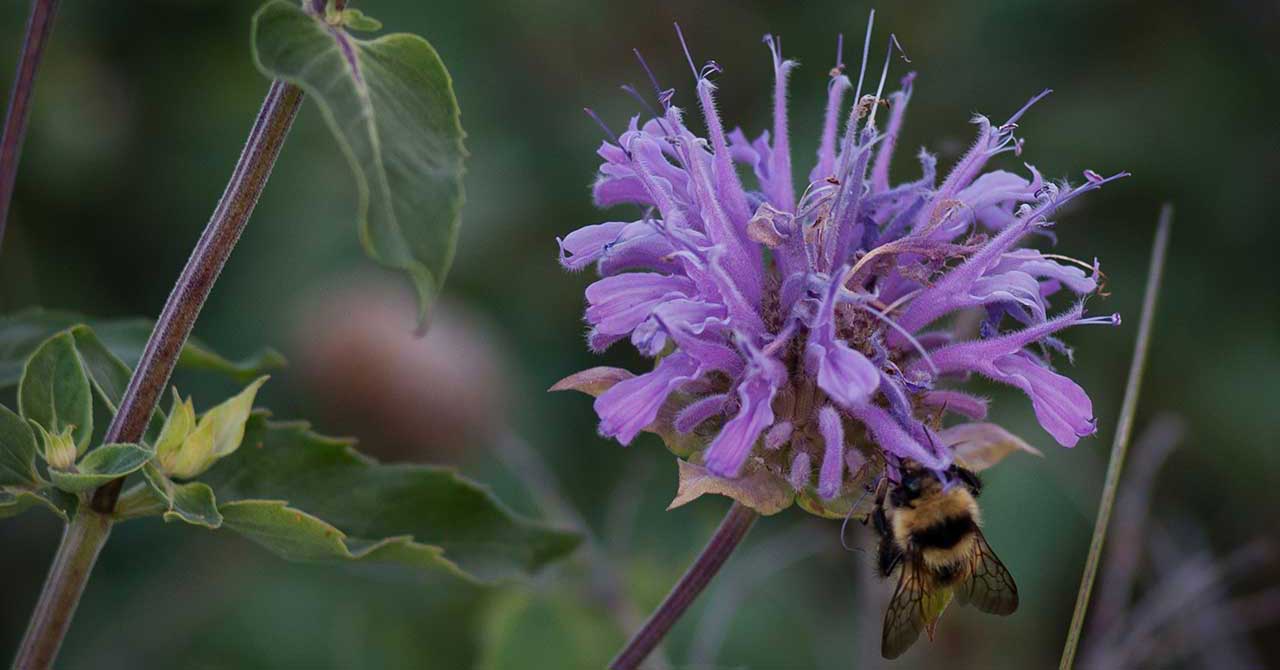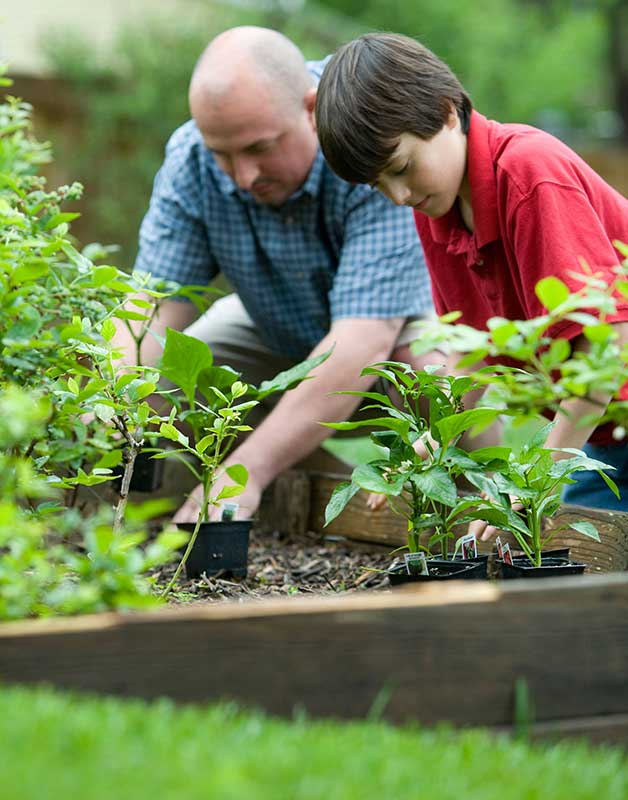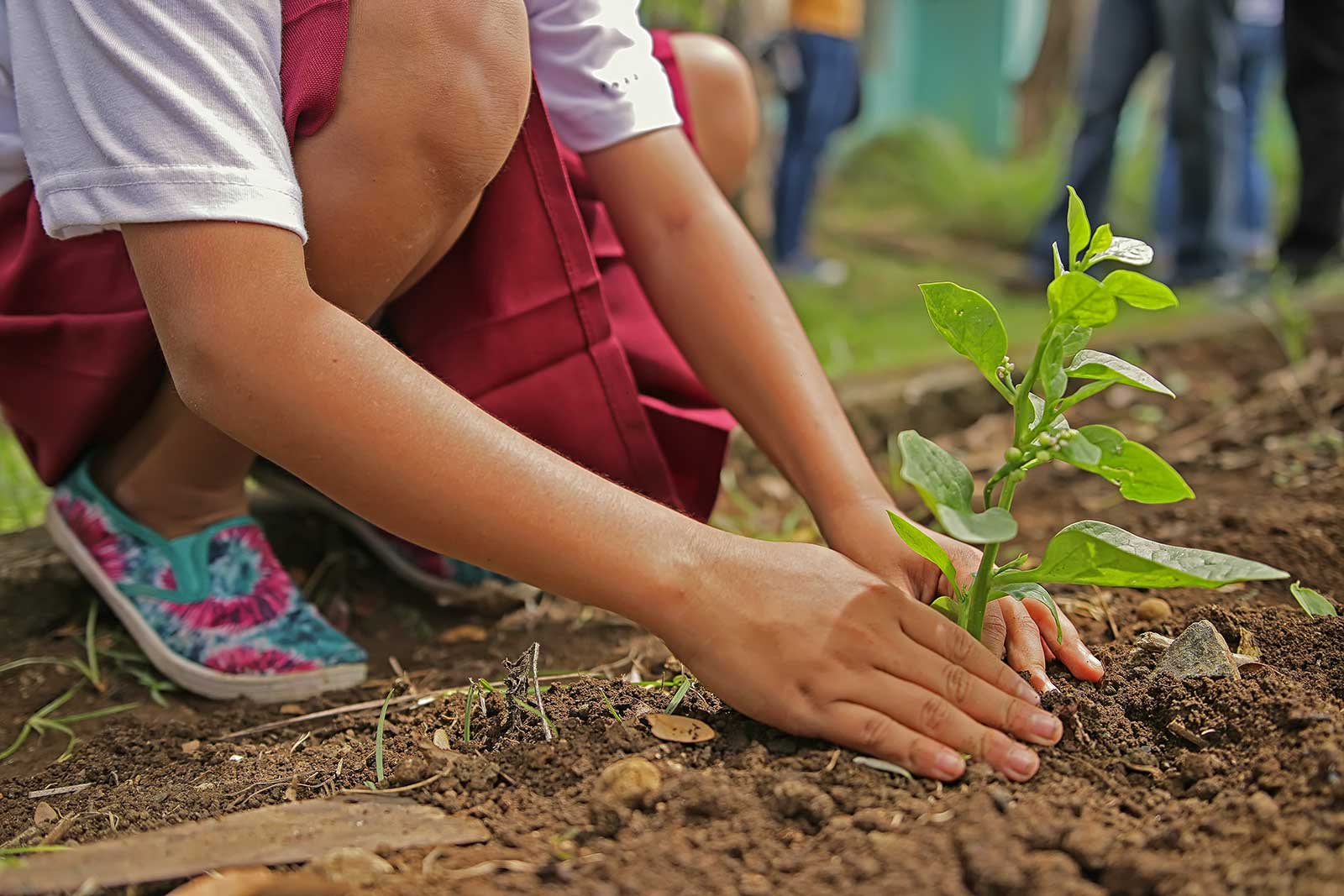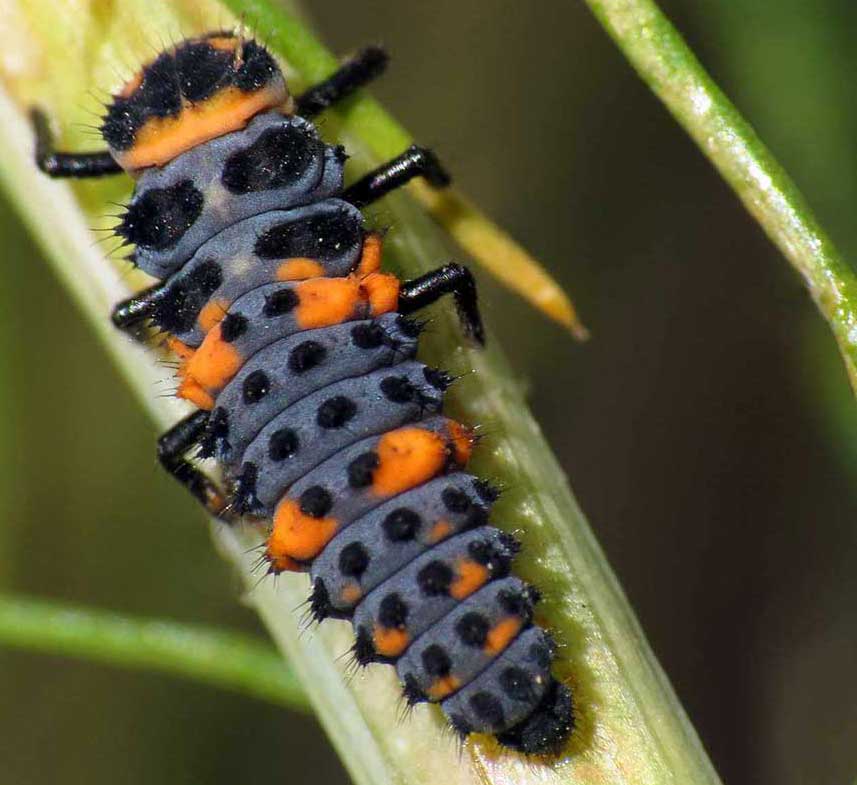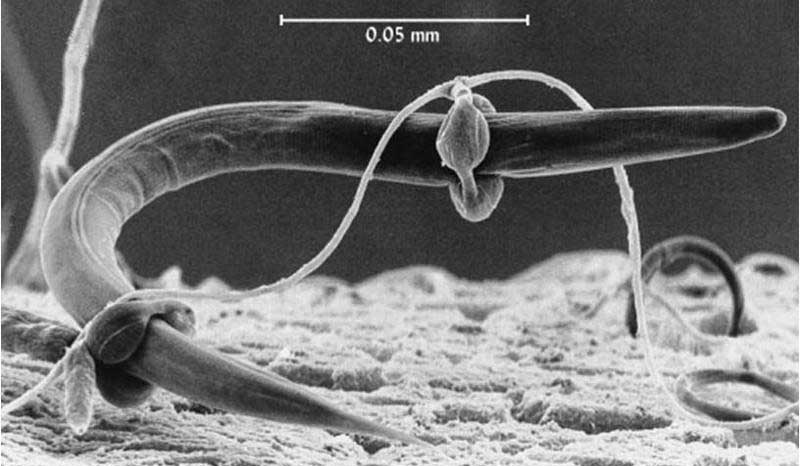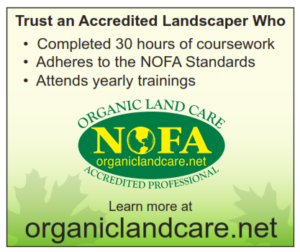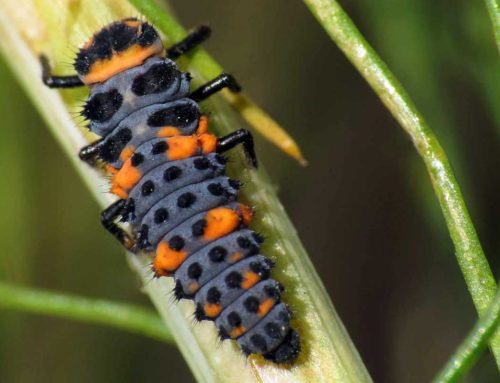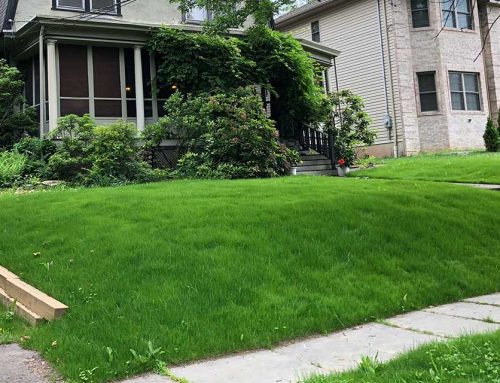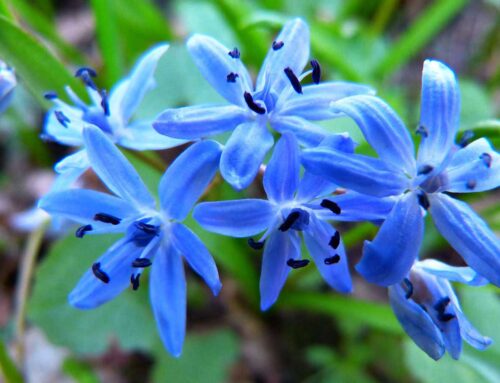Ecological Gardening – The Principles Thereof
“In the past, we have asked one thing of our gardens: that they be pretty. Now they have to support life, sequester carbon, feed pollinators and manage water.”
Garden Trends in 2023
When you think of your garden beds do you yearn for a garden requiring less maintenance and water? A garden with a more diverse selection of wildflowers and pollinator plants with a greater biodiversity all the while having a healthier growing soil or growing medium. If so, then ecological gardening may be right for you.
What is Ecological Gardening?
Ecological gardening is the process of growing gardens that are adapted to the ecoregion or climatic growing zone that you live in. In essence you are creating an eco-system and that in itself requires a shift in thinking. In lieu of asking yourself what kind of flowers do I want to plant; ask yourself what kind of plants already want to live here. Take note of what already grows in the natural parks or settings within the local area you live in. Then decide on your particular micro-climate and location. Do you have sunny areas or slopes, are there any moist, shady areas, are there any woodland areas with trees and shade?
1 – Discover Your Own Climate Growing Zone
Understanding your local climatic growing area is the first step of ecological gardening. Discovering the entire spectrum of the eco-system around you is like putting together the pieces of a puzzle together.
Often this can become one of the most educational, fun-filled and exciting learning experiences of your life, especially when you turn it into a family affair with young children. It’s like discovering for the first time the place where you’ve been all along. If you’re already an avid gardener, then you probably are pretty familiar with the common, birds, wildlife, trees, grasses, perennials and wildflowers that flourish every season. After a while, you may start to truly see where you live from an entirely different perspective and appreciate your home’s and Mother Nature’s unique character.
2 – Grow the Right Plants for Each Place
Every ecoregion has an extensive and diverse selection of plants that have grown and thrived for millennia. Perennials and wildflowers are some of the most common native plants that you can grow. They’re vigorous growers, are specially adapted to local pollinators, resilient against extreme weather, often drought tolerant, have herbal properties, and are just plain beautiful. You may be already growing some native flowers like coneflower, black-eyed susans, yarrow, or milkweed.
Ecological gardening asks us to go a few steps further. Ideally, we should ask, given the natural conditions of this place, what would thrive here? A wet, shady spot is best for plants that need wet conditions and shade. While a dry, sunny location is ideal for drought-tolerant plants. The ideal situation allows one to place plants where they will require no extra water once established. If we can do that, then we’re one step closer to achieving a garden where the plants thrive with minimal care from us, as they do in a larger eco-system.
When choosing your plants consider each of the following:
Light: Walk the property and make note of the sunlight and which areas and/or beds each receive during the daylight hours. Full sun as a rule means six hours of direct sunlight per day and more. Anything less is either shade or partial shade conditions.
Space: Check the area to ensure the space can accommodate your plants at their mature height and breadth.
Drainage: You need to know how your growing medium or soil retains water and moisture. To determine the drainage of a site, dig a hole eight inches deep and fill it with water. If it takes less than 12 hours to drain, the site is very well-drained. If it takes more than 24 hours, the site is poorly drained.
3 – It All Begins With The Soil
Soil is the foundation of all the plants you grow. It’s alive and teeming with thousands of microorganisms working full-time to make nutrients available for your plants. Plants nurture a whole world of creatures in the soil, that in return feed and protect the plants. Out in a natural ecosystem, you’ll seldom find exposed soil. If an animal ever does dig up some earth, it’s quickly covered with leaf litter or colonized by new plants. This diverse community of living organisms keeps the soil healthy and fertile. Often when speaking with a client I say to them “feed the soil, not the plant”.
Soil is home to more than 1/4 of our planet’s biodiversity. Yet, we only know 1% of this universe. There are more living creatures in a single teaspoon of healthy soil than there are people on Earth. Soil organisms are responsible for many critical ecosystem processes, on which humans depend: from supporting plant growth, to storing carbon and being a vast reservoir for pharmaceuticals. But soil biodiversity is under pressure! Unsustainable soil management affects life belowground. Cover your soil with a layer of organic composted matter and mulch.
Interesting facts about your garden soil:
1 – In just 3 inches of soil, there are 13 quadrillion living organisms, weighing 100 million tonnes.
2 – One hectare of soil contains the weight equivalent of two cows of bacteria.
3 – There are more organisms in one gram of healthy soils than there are people on Earth.
4 – An earthworm can digest its own weight in soil every 24 hours. 50% of the planet soil passes through the gut of earthworms each year.
4 – Attract Beneficial Insects
Come Spring our gardens flourish with new and rampant growth. We eagerly tend to our garden beds and vegetable plants and lo and behold suddenly we spot holes in our bleeding heart leaves, or in the leaves of lettuce and kale. Now what? First off, here’s a piece of advice; don’t just head to the local “box” store and grab some pesticides and start spraying.
Yes danger does lurk in the backyard gardens, but Mother Nature provides us with organic means to deal with the threat. Aphids, cutworms, mealybugs and other pests are preying on your vegetables and flowers. Forget nasty, expensive chemicals, enlist the aid of “good bugs” that will battle and help control pest outbreaks and won’t even ask for a thank you, let alone a pay check.
The problem with broad spectrum conventional pesticides is that they not only kill the “bad bugs,” they rub out the “good bugs,” too. A garden without natural predators means a world of insects gone wild. There’s nothing left to keep pest levels in check. In fact, chemicals can mean double trouble because although you wipe out the first wave of pests, the second wave (not the usual pest, but another insect moving into the area) can cause even greater losses than the insects you were trying to get rid of in the first place.
Employ some beneficial insects for the garden and you won’t have this problem. They provide long-term control and will help tip the scales in your favor when insect pests arrive. In most cases, they’ll leave the good guys alone and will only go after the bad bugs. As part of an Integrated Pest Management program within your garden beds, these predators and parasites can be valuable in reducing pesticides and the use of chemicals.
5 – Use Natural Fertilizers
Synthetic (man-made) fertilizers give plants a quick boost but do little to stimulate soil life, improve soil texture, or improve your soil’s long-term fertility. They’re highly water-soluble and can leach into waterways. The quick results of synthetic fertilizers can come at a cost; apply too much and it may burn your lawn and plants.
Synthetically derived fertilizers are manufactured from minerals, gasses from the air and inorganic waste materials. Users must reapply synthetic fertilizers regularly to keep the results from fading. In healthy soil, these creatures do all of the work of a fertilizer. They convert nitrogen from the air into the soil and help decompose dead plant matter into the materials that a plant needs. If we fertilize repeatedly, we lose this living ecosystem, and our plants become dependent on inputs from synthetic fertilizers.
What you need to do is mimic Mother Nature’s natural eco-system. In a forest the fallen branches, trees, and other dead matter including leaves fall to the ground and naturally decay where they feed the soil microbes, thereby nourishing the plants. Within ecological gardening we can imitate this natural process by creating a compost pile and spreading compost within our beds.
Within the soil the mycorrhizal fungi establishes a symbiotic relationship with plant roots by penetrating plant root tissues and surrounding root mass to more effectively take in needed nutrients. The Archaea are microorganisms similar to bacteria that work in the soil to release greater amounts of nutrients so the plant can take in nutrition as required.
There is a natural cooperation developed between Archaea and beneficial bacteria making them more effective as a group. Archaea also breaks down organic matter into usable forms that plant roots and mycorrhizal fungi can identify, absorb, and ultimately incorporate for new growth. To promote soil life during fall and winter, I lay down compost and make sure to feed the soil with a deep application of compost tea. The compost tea, with its diverse microbial population, supercharges the soil and roots with microbial life.
6 – Putting The Puzzle Together
Ecological gardening is both the practice of using ecological techniques and the art of growing the plants that already thrive in our region. Use these techniques and your gardens will flourish while reducing the need for watering, weeding, and maintenance. Remember, it’s your journey to discover the native plants that you wish to grow. At the end of the day, you’ll enjoy a beautiful garden that’s healthier for you, your family and friends, your plants, and the wildlife that will find and flourish within your eco-system.
Want to know if any of your perennials from are native plants? Browse our website to find numerous articles about organics, sustainable landscaping and other information relative to sustainable organic land care! There are some resources with in-depth explanations below to get you started.
ECOLOGICAL GARDENING RESOURCES
At Lincoln Landscaping cultivating the environment is our life and livelihood. It is our number one goal to help our clients create and maintain beautiful landscapes while reducing the impact on the environment. Whether you are interested in a pollinator landscape garden design and build or other landscaping or property management project; we can create for you an environmentally friendly, organic and beautiful property.
We Create Eco-Systems
Lincoln Landscaping of Franklin Lakes offers complete
organic landscaping, lawn care, turf and property management services.
Lincoln Landscaping “The Natural Choice”
Mike Kolenut President & CEO
https://lincolnlandscapinginc.com
(201) 848-9699

